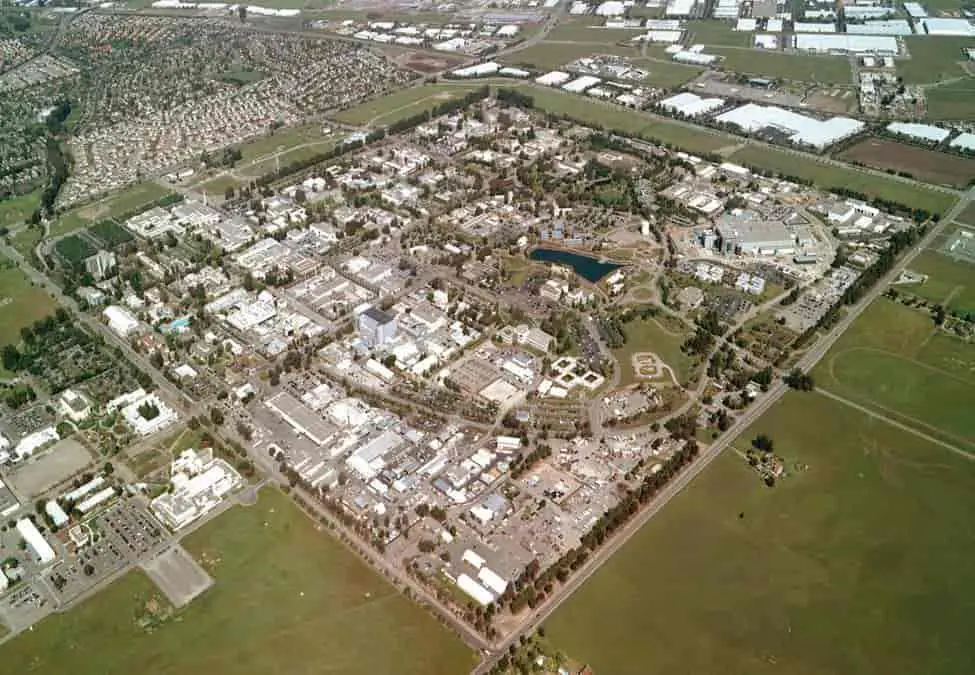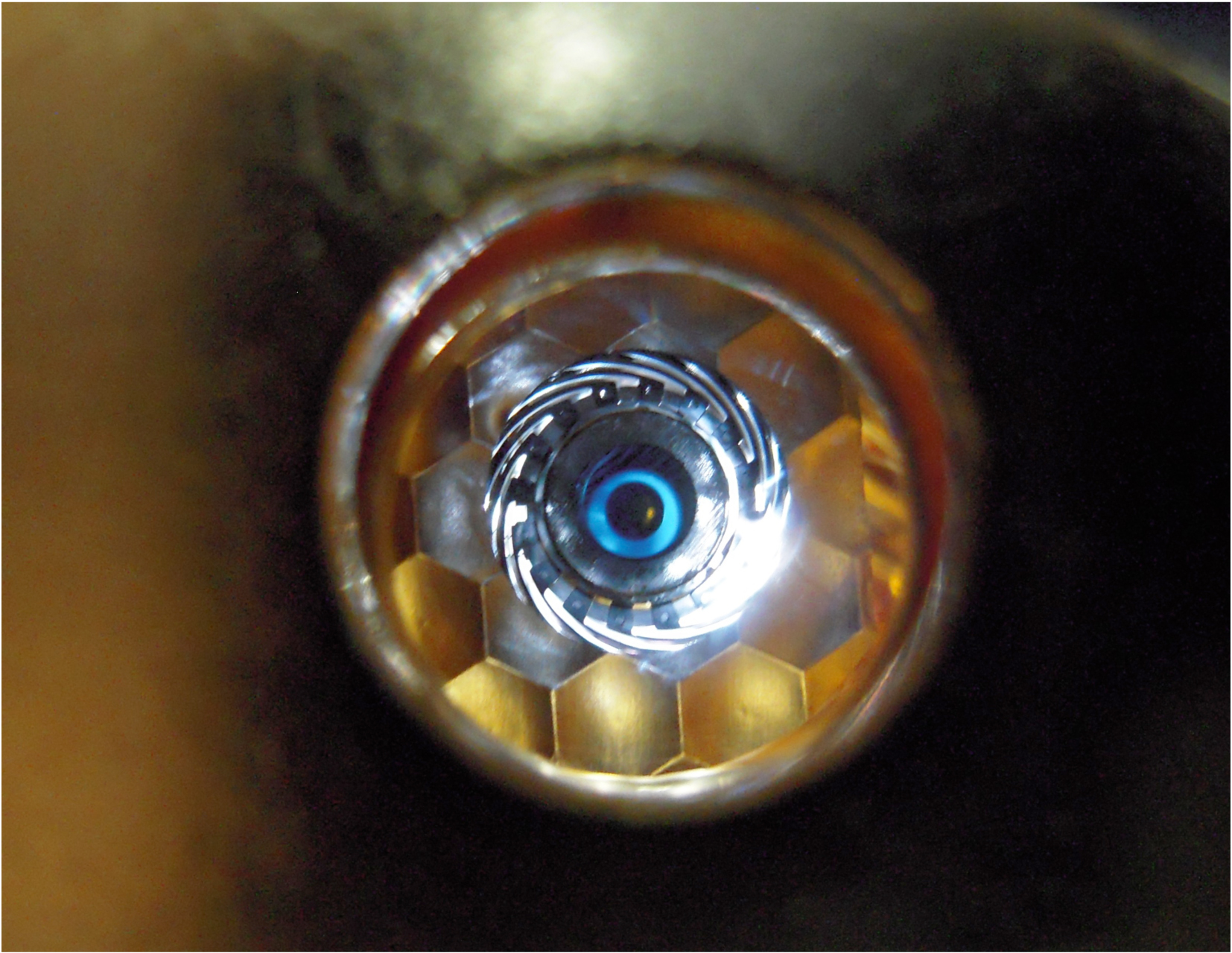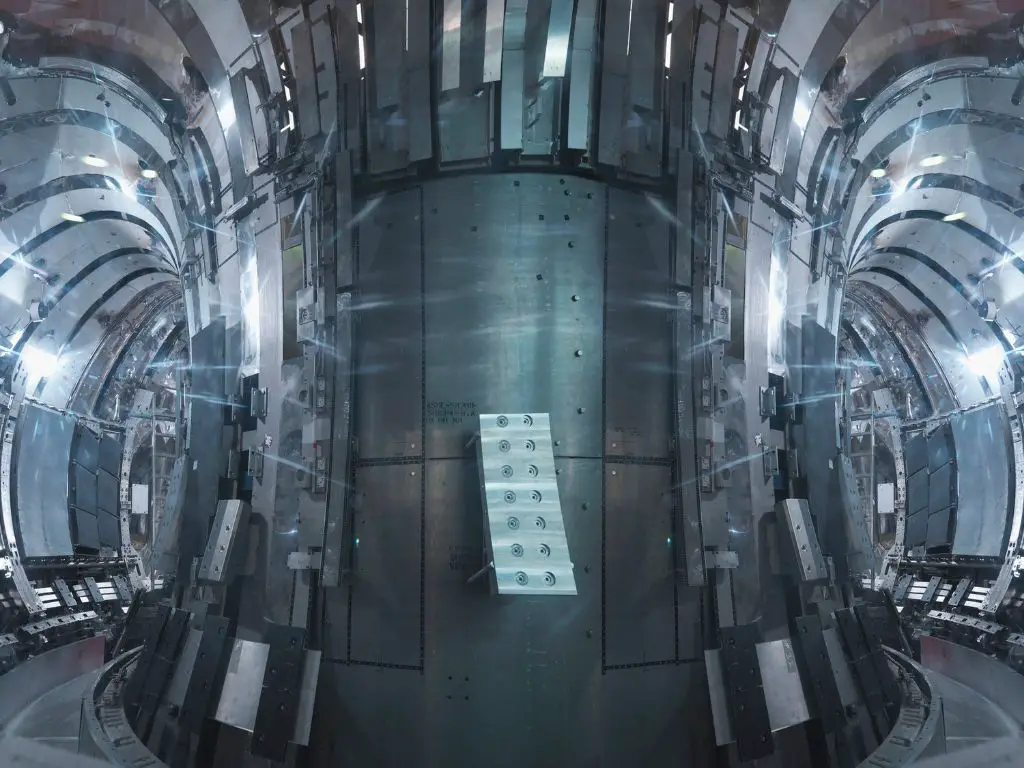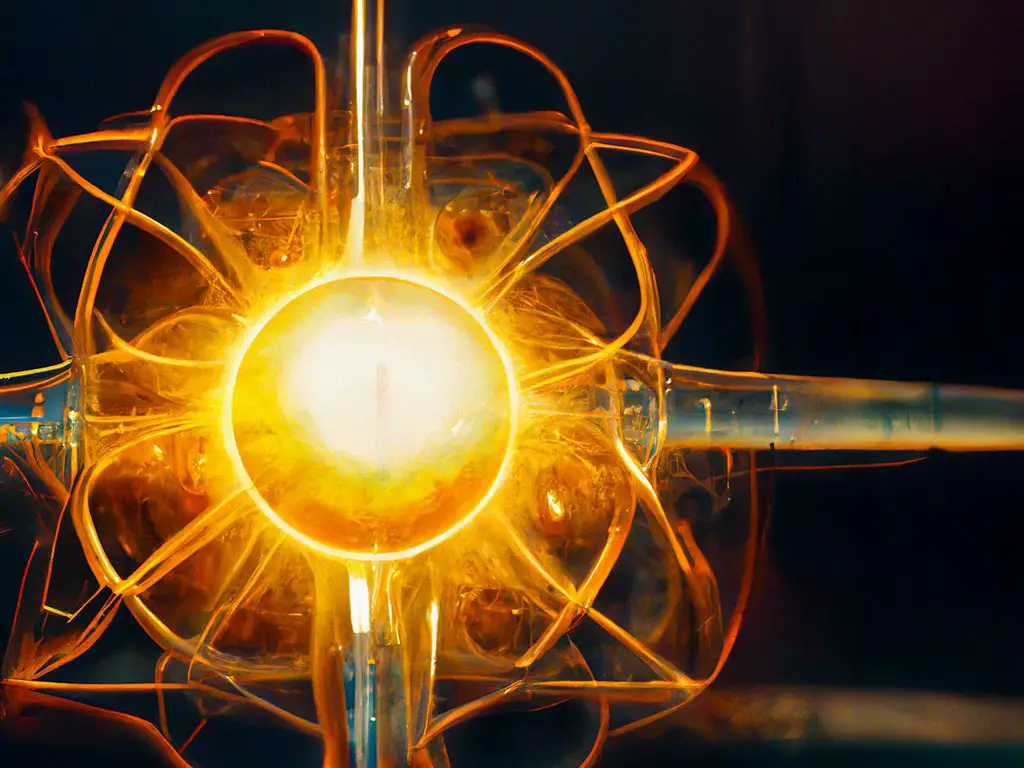Nuclear fusion is a process that has been studied for many years, as it holds the potential to provide an unlimited source of clean energy. On Tuesday, scientists at Lawrence Livermore National Laboratory announced that they had achieved nuclear fusion “ignition” – a major milestone in the pursuit of this technology. While this accomplishment is certainly impressive and worthy of celebration, there are still significant challenges ahead before we can realize limitless energy from nuclear fusion on a large scale.
Nuclear Fusion Ignition
On 13 Dec, 2022, scientists at the California-based Lawrence Livermore National Laboratory (LLNL) and the U.S. Department of Energy announced that they had achieved nuclear fusion “ignition” – a major breakthrough in the quest for limitless energy. This is an exciting development and could lead to new sources of clean energy with virtually no carbon emissions. However, there are still many challenges ahead before we can truly unlock this potential source of power.

Nuclear fusion involves combining two atoms into one larger atom which releases tremendous amounts of energy in the process – far more than what is released from conventional forms like coal or oil burning. The challenge has been controlling these reactions and making them self-sustaining – something that has eluded researchers for decades until now when LLNL was able to achieve ignition after years of research and experimentation using their laser-based system called NIF (National Ignition Facility).

Significant technological hurdles
Although this news is promising, it will take some time before we can harness nuclear fusion as a viable source of power on a large scale basis since there are still significant technological hurdles that need to be overcome such as creating better containment systems so the reaction remains stable over long periods without any risk associated with it; increasing efficiency so more usable output can be obtained from each reaction; reducing costs involved in building these facilities etc.. As such, while achieving ignition marks an important milestone towards unlocking limitless clean energy sources it’s clear that much work needs to be done yet before we reach our goal.
- The first challenge will be to make sure that more power can be generated than what was used to create it in the first place – something known as “net gain” or “breakeven point” which has yet to be reached by any current experiments involving nuclear fusion.
- Additionally, researchers must develop materials capable enough withstand extreme temperatures associated with sustained ignition; currently available materials cannot handle these conditions over extended periods without incurring damage or failure due to intense heat and radiation exposure.
- Finally, engineers need figure out how safely contain such powerful reactions so they don’t cause harm when harnessed for commercial use – all while making sure costs remain low enough for widespread adoption.

In summary, though scientists have made tremendous progress towards achieving sustainable nuclear fusion through their recent success at Lawrence Livermore National Laboratory, much work remains before we can truly enjoy its benefits on a global scale. However, if successful, this breakthrough could revolutionize our world’s energy supply by providing an abundant source of clean electricity with virtually no emissions. As research continues into ways overcome existing limitations surrounding net gain and containment safety measures, representatives from both public and private sectors should continue collaborate closely together ensure positive outcomes moving forward.

